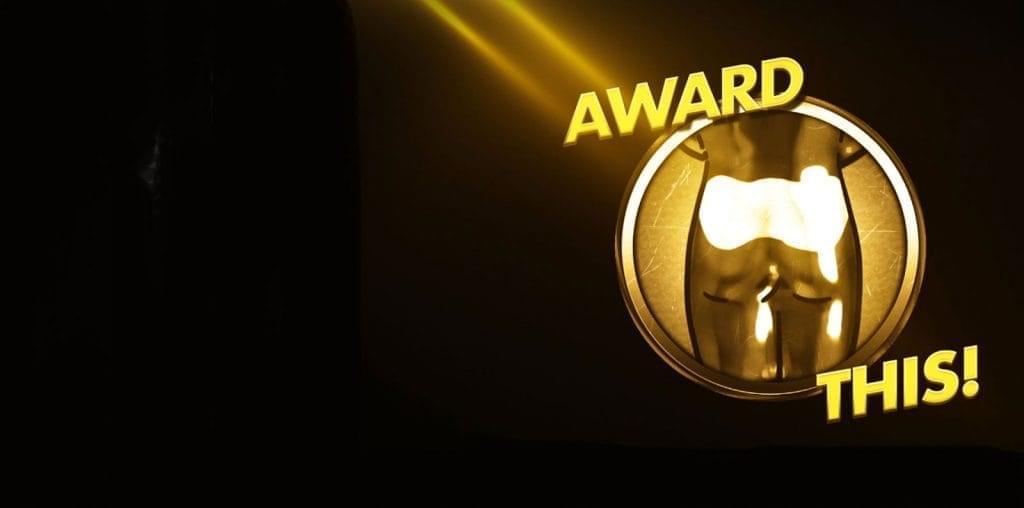
I can hear the voices in my head as if it was yesterday. It was the mid-1970s heyday of Top 40 AM radio, just before AOR made FM the only way to listen, and “Uncle Larry” Lujak, his sidekick “Little Snotnose Tommy”, John “Records” Landecker and the rest of the popular DJs on Chicago’s WLS radio ruled the Chicagoland airwaves.
We didn’t know at the time, nor would we probably have cared, that the station streaming from the speakers of our ubiquitous transistor radios sounded the way it did in large part because of a trendsetting broadcasting powerhouse transmitting from the smallish town of Windsor, Ontario, Canada.
That station was CKLW, better known as the “Big 8,” and, as director Michael McNamara chronicles in his toe-tapping tour through radio history, “Radio Revolution: The Rise and Fall of the Big 8,” it was more than just a radio powerhouse. To a large extent, the Big 8 became the most influential player in the American music scene.
“Radio Revolution…” tells how CKLW pioneered the concept of “Boss Radio,” with its rattatattat, never-catch-your-breath delivery of the hottest rock hits, soundbites, catchy jingles, and hi-energy DJ patter, to crush all of its competitors within its broadcast range. Impressive enough in its own right, it became even more so with a station engineer’s development of the fiercesome, never heard before “Boom Thump” sound, which led to the station’s signal being picked up by as many as 28 states…and the occasional foreign country when the atmospheric conditions were just right.
As a result, CKLW became THE place for record companies to break a song, and to do this, they had to get that song past the ears of the station’s “receptionist” — and de facto programming director — Rosalie Trombley. If Rosalie didn’t like the song, it didn’t get played on CKLW, and if it didn’t get played on CKLW, its prospects for becoming a hit were grim at best.
The film also explores the station’s sensationalistic approach to news broadcasting, detailing how the station’s highly professional news department combined the first-of-its-kind on-the-scenes reporting with aerial coverage and hyperbole-filled “DJs without music” on the air to revolutionize radio news.
McNamara not so subtly recreates the “Boss Radio” format with this pounding documentary, which effectively mixes loads of engaging interviews with archival footage and broadcasts to convey a tremendous amount of information in a short time. More than just the history of a radio station, “Radio Revolution” also touches on the role the station played in lowering racial barriers through music, even after the devastating Detroit riots.
Finally, it notes how the parochial Canadian government, which unrealistically insisted that this Canadian station program at least 30% Canadian content, combined with the inexorable move to the sweet sound of FM to kill off this onetime radio giant.
More than just a chronicle of a bygone era in broadcasting history, “Radio Revolution: The Rise and Fall of the Big 8” documents a national treasure for two countries. May the Big 8 never sign off in rock and roll heaven.
